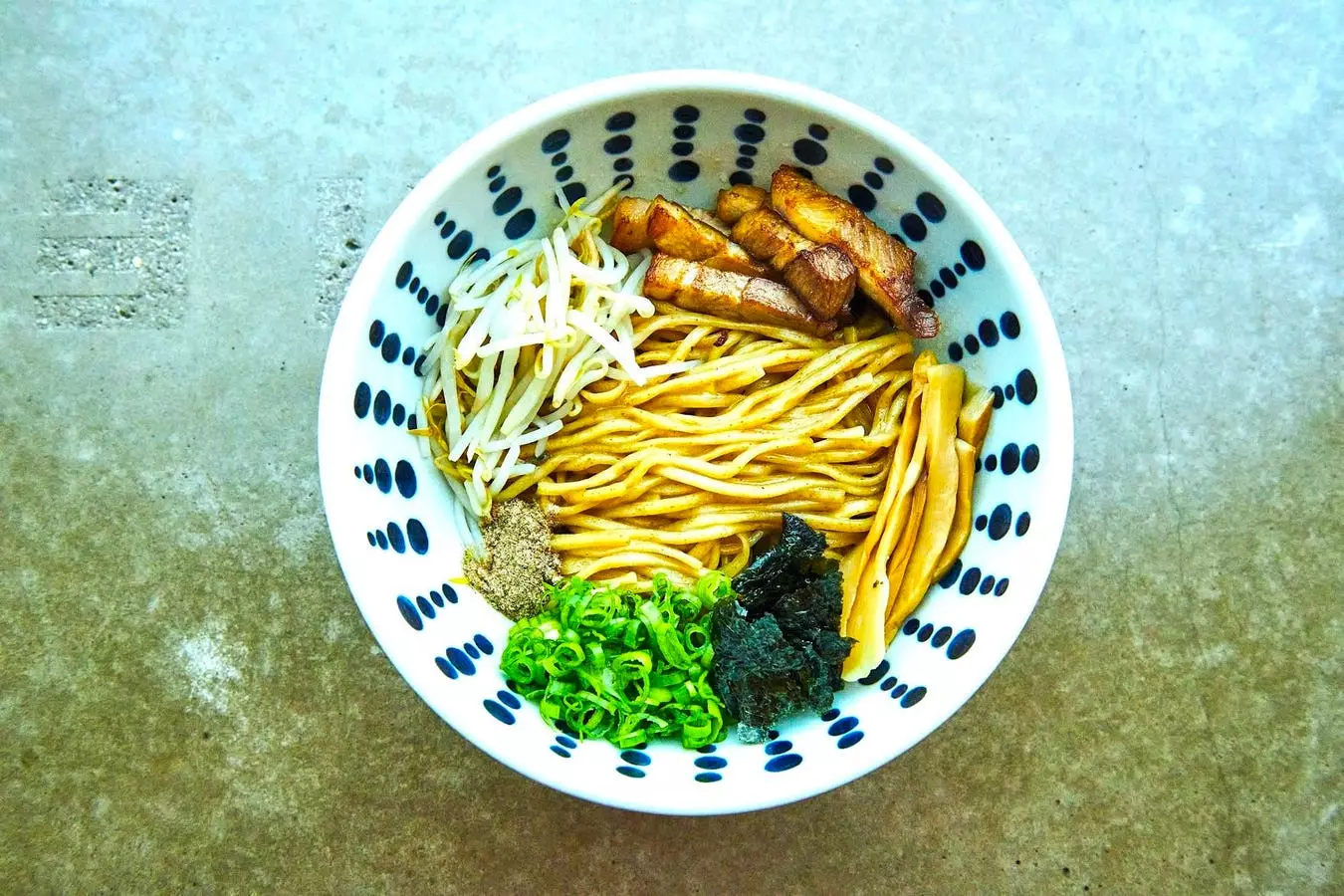When it comes to ramen, the popular choices in America usually revolve around Tonkotsu or Spicy Miso varieties. However, chef Steven Pursley from Menya Rui in St. Louis, Missouri, challenges this norm by offering a unique selection of soy sauce-based ramen. With a compact menu that boasts three hot ramen options, a cold Tsukemen with dipping sauce, and a brothless Mazemen-style, Pursley’s focus on Shoyu flavors aims to showcase the richness of umami present in soy sauce.
Japanese Ramen Preference
In Japan, soy-based ramen holds a significant position among ramen enthusiasts. Surveys conducted in 2024 and 2022 reflected the popularity of Shoyu ramen, with participants expressing their preference for its umami-rich taste and clear quality. This deep-rooted love for Shoyu and Shio (salt) ramen underscores the diverse flavors and comfort they offer.
Steven Pursley’s Ramen Journey
Pursley’s affinity for ramen stems from his unique bi-cultural background, having spent his formative years in both Okinawa and Missouri. His decision to delve deeper into Japanese culture through ramen led him to undergo intensive training in Japan, where he mastered the art of crafting various ramen styles. Passionate about preserving the authenticity of Japanese ramen culture, Pursley’s Menya Rui stands as a testament to his dedication to this culinary art form.
The Significance of Noodles
In the realm of ramen, noodles play a crucial role in determining the overall texture and balance of the dish. Pursley’s meticulous approach to noodle-making involves using a vintage machine imported from Japan to create two distinct noodle types that complement different ramen styles. By handcrafting 700 portions of noodles per week with a carefully selected blend of flours, Pursley ensures that every bowl of ramen at Menya Rui embodies the essence of traditional Japanese craftsmanship.
The evolution of ramen in America, from being regarded as an ethnic Japanese dish to becoming a prominent fixture in the culinary landscape, can be attributed to chefs like David Chang who introduced innovative ramen concepts to the masses. Unlike sushi, which adheres to strict culinary traditions, ramen offers a creative playground for chefs to experiment with diverse flavors and ingredients. This adaptability and room for creative exploration have propelled ramen into the forefront of American food culture, with an increasing number of ramen shops emerging nationwide.
With over 24,000 ramen shops in Japan, each offering a unique interpretation of this beloved dish, ramen stands out as a versatile and endlessly captivating culinary experience. Pursley’s emphasis on the individuality of each ramen bowl echoes the sentiment that ramen’s charm lies in its diversity and endless possibilities for flavor exploration.
Through his dedication to preserving the essence of Japanese ramen culture and his innovative approach to soy-based ramen, Steven Pursley has carved a distinct identity for Menya Rui in the ramen landscape. As ramen continues to capture the hearts and palates of food enthusiasts worldwide, its allure lies in its ability to transcend cultural boundaries and offer a medley of flavors that celebrate tradition and innovation in equal measure.

